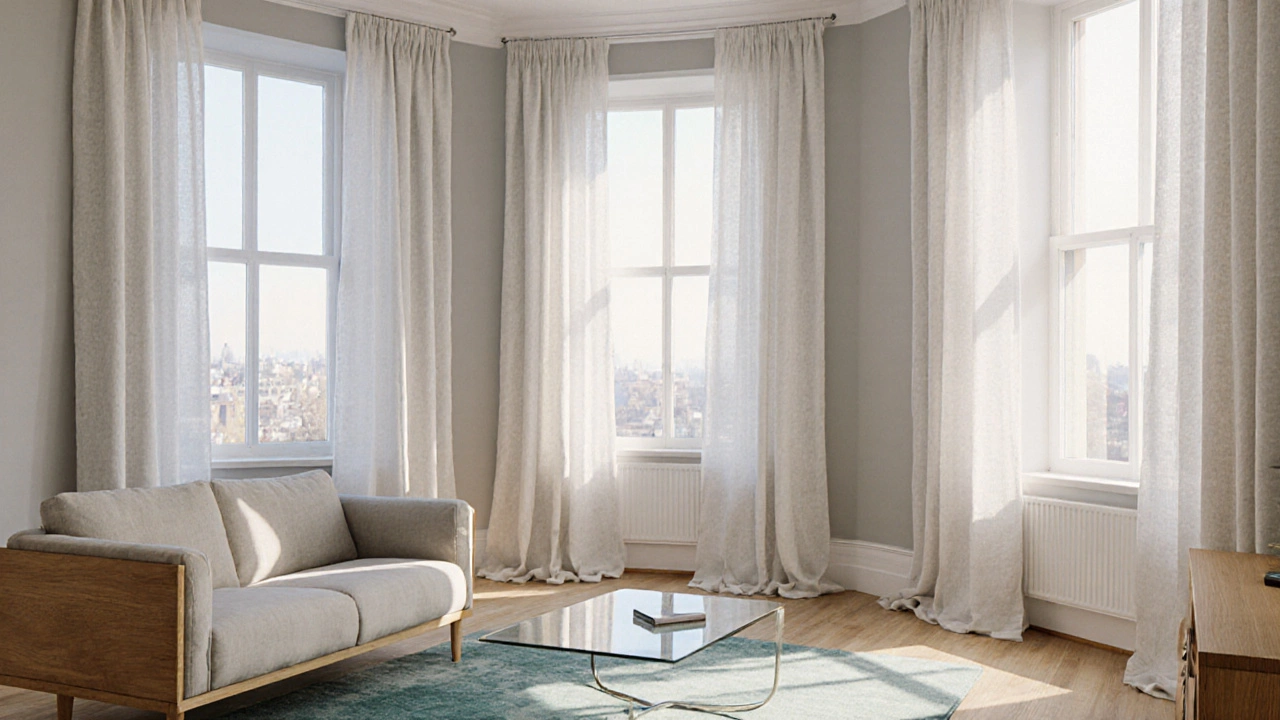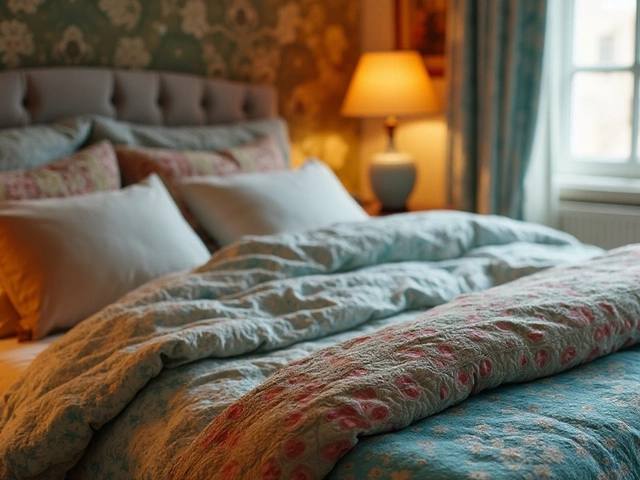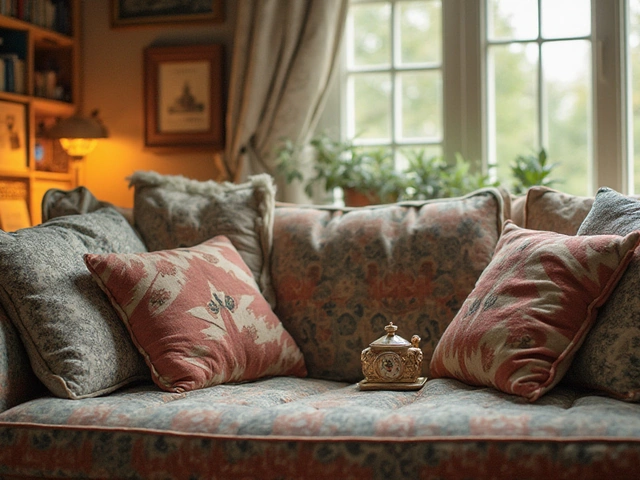Matching Curtain Shades: The Easy Way to Perfect Window Harmony
When working with matching curtain shades, a design approach that pairs fabric color, pattern, and texture with the window’s size and surrounding décor. Also known as coordinated window dressings, it helps create a seamless look throughout a room. A key factor is curtain length, the distance from the rod to the floor that affects visual balance, and the curtain rod overhang, how far the rod extends beyond the window frame, typically 2‑4 inches, to frame the view. Together these elements ensure the shades not only hide light but also enhance proportion and style.
Key Factors for Perfect Matching Shades
Another piece of the puzzle is blackout curtains, heavy, light‑blocking fabrics that create a dark room for sleep or media. While they excel at darkness, pairing them with matching shades means you’ll often layer a sheer or decorative panel underneath. This layering curtain placement, the distance from the floor or windowsill that avoids dragging and keeps the look crisp becomes crucial. When curtain placement aligns with the rod overhang and the chosen length, the overall effect feels intentional rather than haphazard.
Matching curtain shades also sit inside the broader category of window treatments, any product used to cover, enhance, or protect a window. By treating them as a subset, you can see how fabric choice, hardware, and layering strategies all influence each other. For example, the decision to use a light‑filtering sheer under a blackout layer influences both the visual weight and the perceived height of the window. This relationship shows that matching curtain shades encompasses fabric selection, hardware dimensions, and room style all at once.
Practical measurement steps bridge the gap between theory and reality. Start by measuring the window width, then add 2‑4 inches on each side for the rod overhang – that extra width creates a framing effect and makes the window appear larger. Next, decide on the curtain length: floor‑kissed lengths add elegance, while a few inches off the floor (about 2‑4 inches) improve cleaning ease and suit active households. Finally, assess the placement height; hanging the rod a few inches above the window top draws the eye upward and adds a sense of height to the room. These steps echo the advice found in our guides on curtain rod overhang, curtain length, and floor clearance.
Style choices tie everything together. Pick a shade that mirrors a dominant color in your walls, furniture, or artwork, and watch the room feel cohesive. If your décor leans modern, crisp whites or cool grays work well; for a cozy, traditional vibe, warm neutrals or muted earth tones hit the spot. Patterned fabrics can echo other textiles like rugs or cushions, creating a rhythm that guides the eye. Remember, the goal isn’t to match everything exactly but to create a visual conversation where each element supports the others.
By now you should see how matching curtain shades bring together length, rod overhang, blackout options, and overall window‑treatment strategy into a single, easy‑to‑follow plan. Below you’ll find a curated collection of articles that break down each piece in depth – from measuring the perfect overhang to choosing the right blackout layer and styling tips for different rooms. Dive in and turn your windows into a highlight of your home.

Best Neutral Curtain Colors that Match Any Room
Discover which neutral curtain colors match any décor, how to pair them with walls and lighting, and practical tips for fabric, length, and styling.
Categories
- Storage (25)
- Bathroom (17)
- Sofas (14)
- Curtains (14)
- Home Decor (12)
- Bedding (10)
- Kitchenware (10)
- Cushions (10)
- Mirrors (10)
- Rugs (9)
Popular Articles



